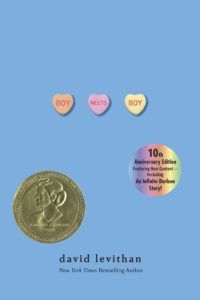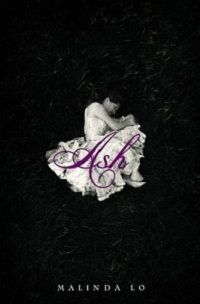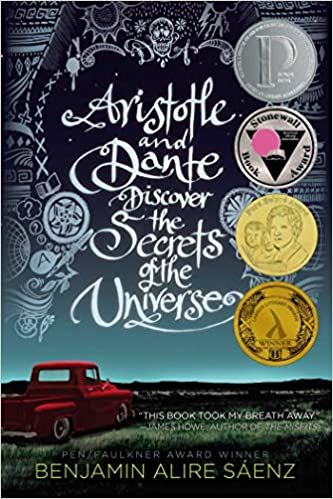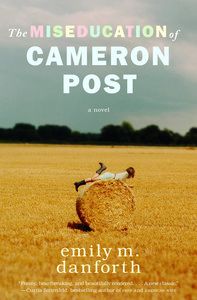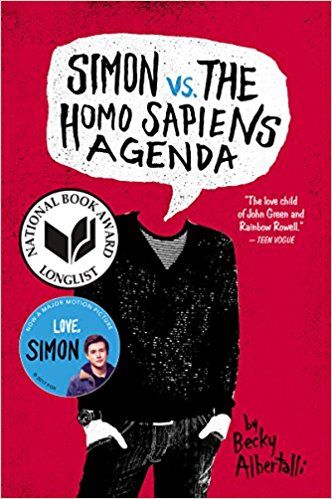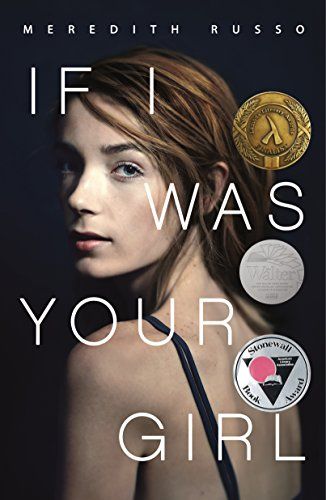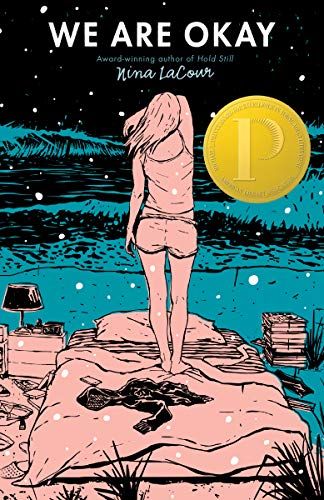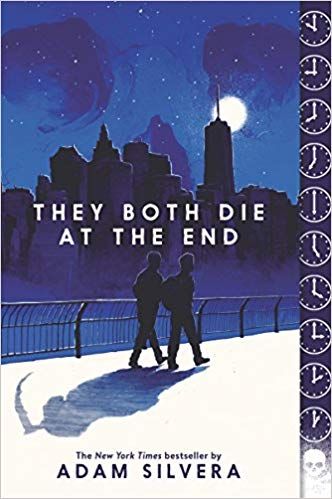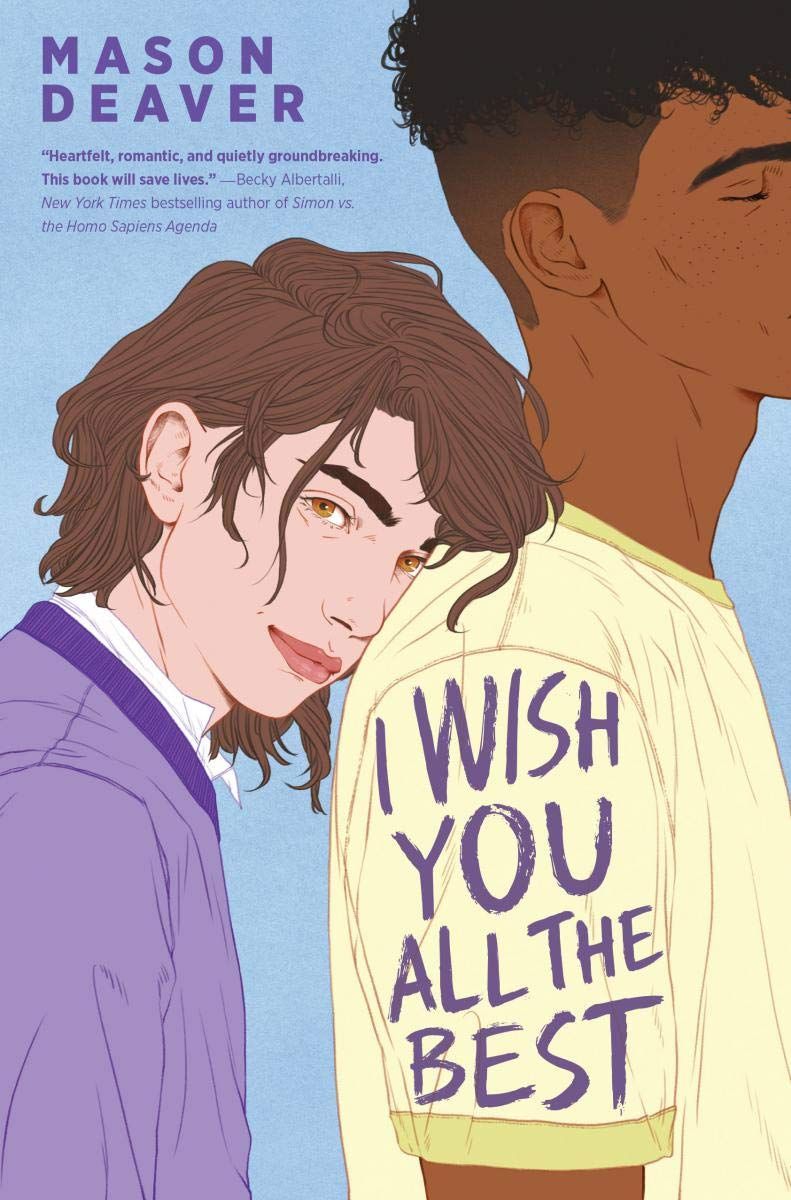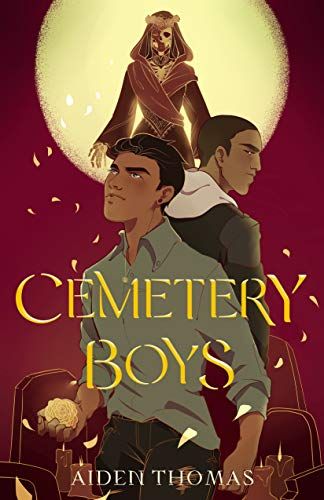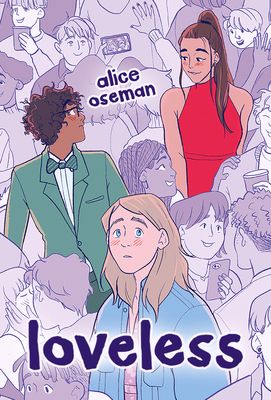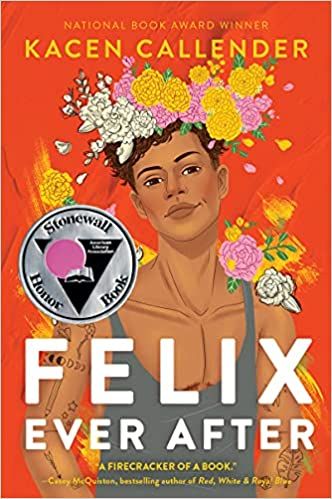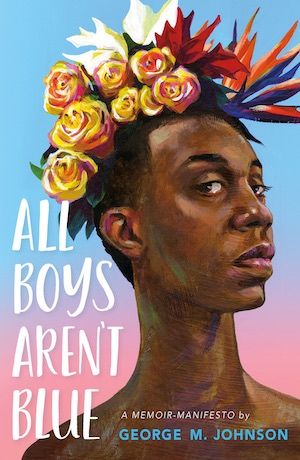Which isn’t to say that we don’t still need more books, more stories, and more intersectionality! I am constantly amazed by the number of new books that explore new angles and new stories, and I am eager for more, always. But with this proliferation of queer YA, one thing that seems to come up more and more often is the question of which books are the defining LGBTQ+ books of the YA canon. Sometimes people ask this because they want to understand the history of queer novels in YA, and sometimes because they want to make sure that they’re including queer YA in their college courses or school libraries, and they want to pick books that have been influential on the category. I’ve been asked more times than I can count what the “best” or most essential queer YA novel is, and that’s an impossible question to answer because there’s so much out there. But identifying what books belong in a canon can also be a fraught thing. We’ve explored the concept and usefulness of the literary canon before, and the complexities of identifying a children’s literature canon. Kelly Jensen has tackled the question of how difficult it is to even identify a YA canon as a single person, because agreeing on a set of criteria is nearly impossible. Since there are far fewer queer YA books than there are YA books in general, I am going to take a stab at what I consider the notable queer YA books of this century, so far. I think novels such as I’ll Get There. It Better Be Worth the Trip by John Donovan (1969) and Annie on My Mind by Nancy Garden (1982) are absolutely essential if one were to compose a queer canon, if only because they were among the first gay and lesbian books, respectively, that depicted queer characters in YA, and Garden’s is especially important as one of the first that depicted a happy ending for her protagonists, although I will warn you that each book contains heaping doses of homophobia, both overt and internalized. Weetzie Bat by Francesca Lia Block and Hard Love by Ellen Wittlinger mark a shift in YA as they feature characters who are queer and who don’t seem to face horrible assaults or consequences as a result, but there is still a lot of angst over identity. The books below are notable due to their influence on YA, popularity amongst readers, and the diversity of experiences they highlight. Take this list with a grain of salt — I am well read in YA, particularly in queer YA, because I care about these books very much, but I haven’t read every queer book and others may disagree with my judgment. The books I list here might not make the same sort of list five or ten years from now. What I hope is that by compiling this list, readers who wish to better understand the evolution of queer YA in the last two decades will find a great entry point to begin their reading journey. Looking at these books I think we can see a trend in that they’re mostly white up until recently, and it’s only been within the last few years that trans, nonbinary, gender-nonconforming, and asexual representation has really started to step into the spotlight. The books that tend to be the most popular also tend to be realistic fiction, although not always. As we move forward, I would love to see more intersectionality, more diverse stories about the groups that have existed in the periphery in YA, and more genre fiction. While there is certainly much more queer genre fiction being published now than 20 years ago, it’s difficult to say what will still be popular and in print ten, 20, 30 years into the future. But one thing is certain: These books are vital for teens, and it’s important we continue to read, share, support, and defend them.
